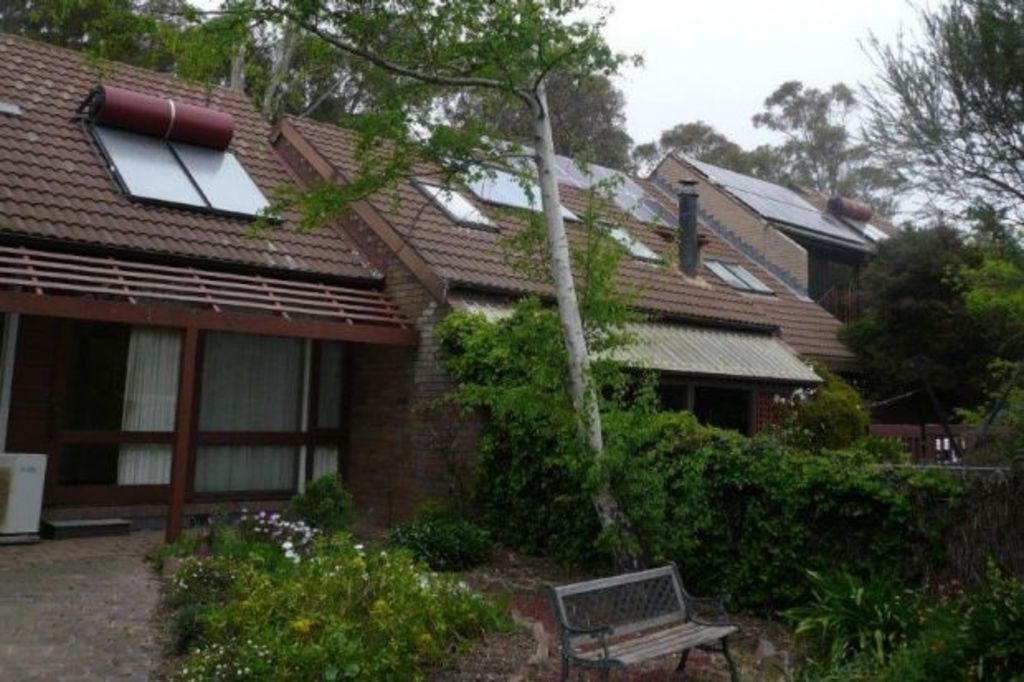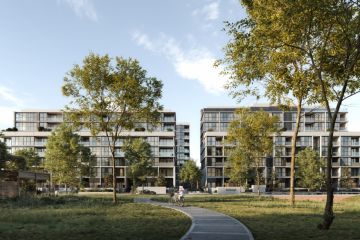Design Matters: New rules needed to foster ageing in place in Canberra

Normal
0
false
false
false
EN-AU
JA
X-NONE
/* Style Definitions */
table.MsoNormalTable
{mso-style-name:”Table Normal”;
mso-tstyle-rowband-size:0;
mso-tstyle-colband-size:0;
mso-style-noshow:yes;
mso-style-priority:99;
mso-style-parent:””;
mso-padding-alt:0cm 5.4pt 0cm 5.4pt;
mso-para-margin-top:0cm;
mso-para-margin-right:0cm;
mso-para-margin-bottom:10.0pt;
mso-para-margin-left:0cm;
line-height:115%;
mso-pagination:widow-orphan;
font-size:11.0pt;
font-family:Calibri;
mso-ascii-font-family:Calibri;
mso-ascii-theme-font:minor-latin;
mso-hansi-font-family:Calibri;
mso-hansi-theme-font:minor-latin;}
Allan Spira is a local self-employed architect who thinks we need to change planning regulations to enable “ageing in place” in the Canberra suburbs.
TT: Back in the day, Menzies was quoted as saying that, “Canberra was a collection of suburbs in search of a city”. Canberra is often still thought of as an overgrown country town with suburbs characterised by the quarter-acre block. Is this really a problem?
AS: The decision to create Canberra in 1913 immediately established a city that expected growth and change. The development over 100 years has resulted in a very suburban styled city that attracted and holds the confidence of nearly 400,000 residents as a model of mid-20th-century urban design. However, the challenges of the 21st century require a modification to the model. As the large mass of original settlers now age, a far greater demographic diversity is evolving than was envisaged by the original planners. Cities are always changing, and for a confident future we now must live more sustainably.
TT: I have to say that in this column we get many contributors bemoaning the lack of housing choices, particularly for those wishing to age in a location.
AS: It’s not just the superannuants; the Australian Institute of Architects ACT Chapter, along with other industry practitioners, has been urging reform in the ACT regulatory framework to enable the development of more varied, sustainable and affordable housing forms in Canberra which can cater to the evolving demographic and financial profile of all of our population.
TT: Does this all come back to the way the legislation is written?
AS: The Territory Plan, residential housing codes, and policies seem reactionary and actually serve to inhibit the provision of some forms of higher density housing, especially attached (terrace) homes, multiunit townhouses and some types of apartments. This results in a gap in the provision of alternative forms of housing, and to some extent also inhibits realisation of the government’s Affordable Housing Strategy. Even some on the assembly’s planning committee acknowledge that the Territory Plan is ripe for reform.
TT: It is pretty easy to snipe from the sidelines, what is the Australian Institute of Architects actually doing to address these wider issues of urban density and housing choices?
AS: In response to frustration with limitations imposed by some current planning controls in the ACT, and in an effort to explore housing typologies which may be more in tune with the aspirations of the ACT community, the ACT Chapter of the AIA has been promoting a change in legislation and design to illustrate and promote historical alternative house types not now commonly seen in Canberra.
This project is being prosecuted through face-to-face meetings with politicians, a website and booklet that review concepts for innovative, more dense forms of housing that offer greater choice, sustainability, affordability and a contemporary lifestyle than might be possible under current planning regulations in Canberra; we’re assessing what has worked well in the past but is now beyond the pale. Watch this space!
Tony Trobe is director of the local practice TT Architecture. Is there a planning or design issue in Canberra you’d like to discuss? Email tonytrobe@ttarchitecture.com.au.
We recommend
We thought you might like
States
Capital Cities
Capital Cities - Rentals
Popular Areas
Allhomes
More







